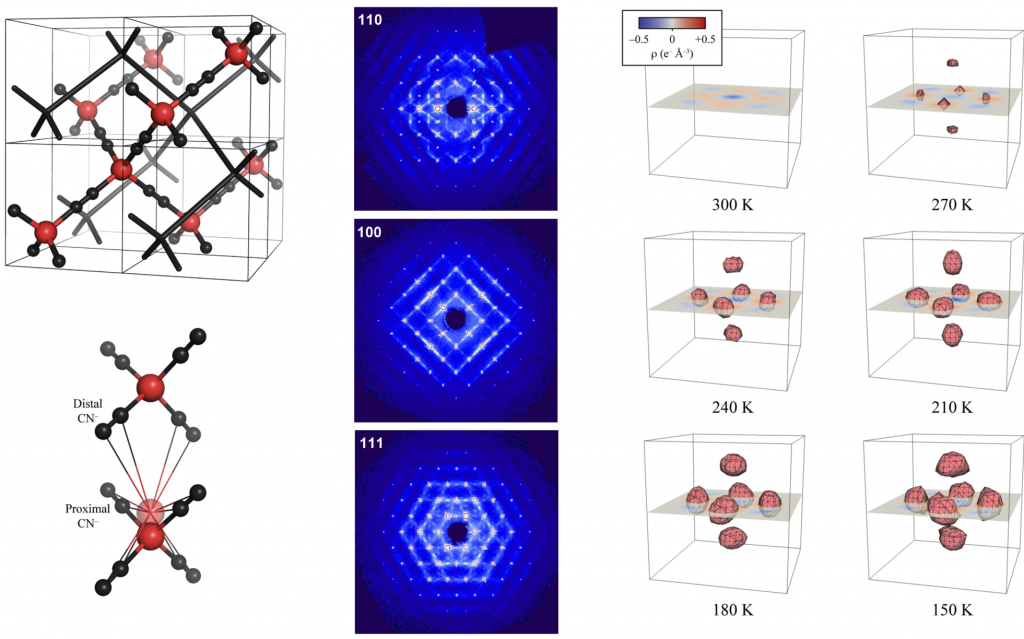As part of the Bragg Centenary Celebrations, Melvyn Bragg and his guests discussed the history of crystallography, the study of crystals and their structure on “In Our Time” on BBC Radio 4. His guests were Prof. Judith A. K. Howard (University of Durham), Dr. Christopher Hammond (University of Leeds) and Prof. Mike Glazer (University of Oxford).
The program began with the work of Johannes Kepler in the 17th century, and focussed on the work of the father-and-son team the Braggs in 1912. It also covered aspects of the the work of the German physicist Max von Laue who had proved that X-rays are a form of light waves and that it was possible to scatter these rays using a crystal and some of the most significant scientific findings of the last century – such as revealing the structure of DNA.
The program is available on line from the “In Our Time” website.

